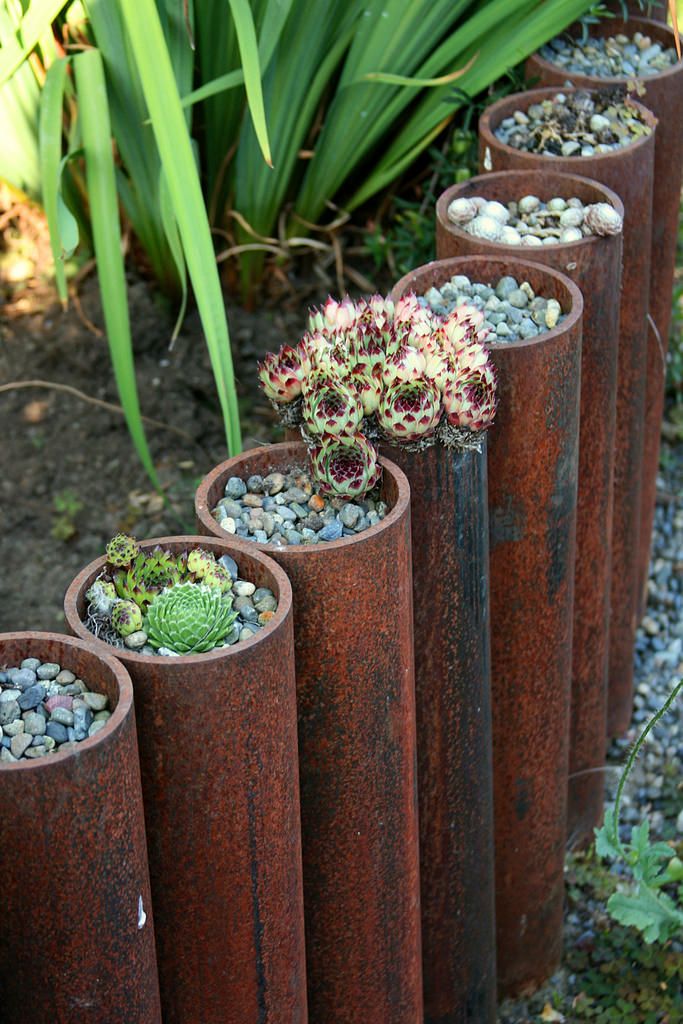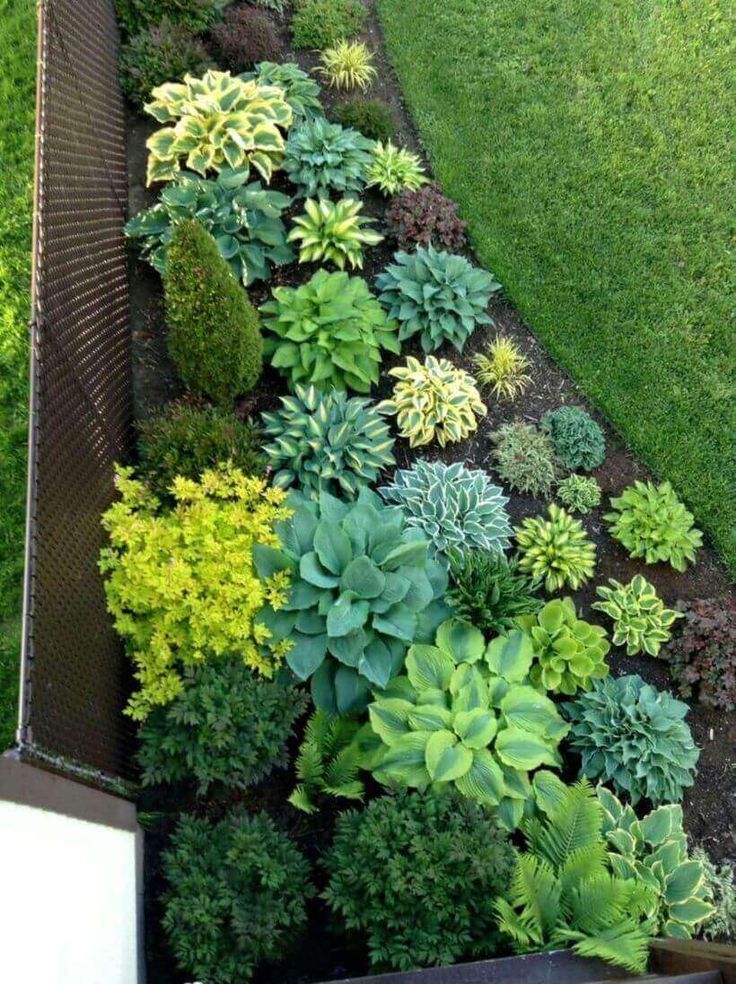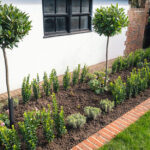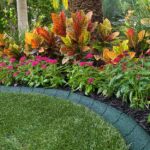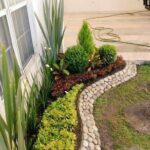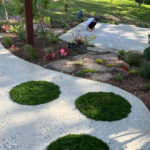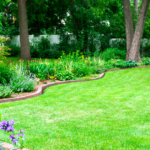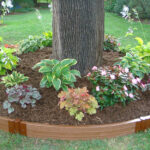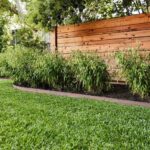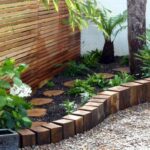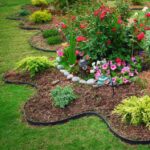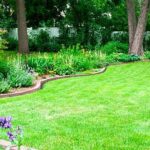Garden design edging is a crucial aspect of creating a visually appealing and well-organized outdoor space. Edging serves both functional and aesthetic purposes, helping to define the boundaries of different garden areas while adding a touch of style and sophistication to the overall design. There are numerous options available when it comes to choosing the right edging for your garden, each offering its own unique benefits and drawbacks.
One popular choice for garden edging is using natural materials such as stones, rocks, or bricks. These materials create a rustic and organic look that can complement the natural beauty of a garden. Additionally, natural materials are durable and long-lasting, making them a practical option for edging that will stand the test of time. These materials can be easily sourced from local home improvement stores or landscaping suppliers, making them a cost-effective choice as well.
Metal garden edging is another popular option that offers a more modern and sleek look. Metal edges can be easily shaped and molded to create clean lines and defined borders, allowing for a more contemporary and structured design. Metal edging is also highly durable and weather-resistant, making it a great choice for garden areas that are exposed to the elements. While metal edging may be more expensive than natural materials, its longevity and low maintenance requirements make it a worthwhile investment for many gardeners.
For a softer and more flexible edging option, consider using plastic or rubber landscape edging. These materials are lightweight, easy to install, and come in a variety of colors and styles to suit any garden design. Plastic and rubber edging are also highly affordable and can be easily cut to size for custom installations. While these materials may not have the same visual impact as natural or metal edging, they are a practical choice for gardeners looking for a budget-friendly and low-maintenance solution.
No matter which type of edging material you choose, it is important to consider the overall design and aesthetic of your garden when selecting edging options. The edging should complement the existing elements of your garden, such as plants, hardscaping, and outdoor furniture, to create a cohesive and well-balanced look. Additionally, edging should be functional, providing clear boundaries between different garden areas while also allowing for easy maintenance and upkeep.
In conclusion, garden design edging plays a crucial role in creating a well-organized and visually appealing outdoor space. Whether you choose natural, metal, plastic, or rubber edging, each material offers its own set of benefits and drawbacks that should be considered when making your selection. By choosing the right edging for your garden design, you can create a beautiful and functional outdoor space that you can enjoy for years to come.
